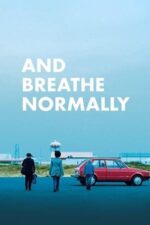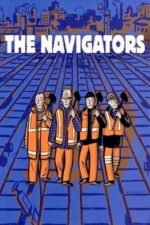Beyond Glossy Surfaces: Diving into Social Realism on Film
There’s something deeply compelling about films that refuse to sugarcoat reality, isn't there? We’re bombarded with escapism – superhero epics and fantastical romances – but sometimes you just crave a story that feels… true. That’s where social realism comes in. It's not a genre so much as an approach; a commitment to portraying the lives of ordinary people, often those marginalized or struggling, with unflinching honesty and a focus on their socio-economic circumstances. Think less shimmering ballgowns and more worn work boots.
What makes it tick? Well, social realism isn’t about offering easy answers or feel-good resolutions. It's about observing. It’s about holding up a mirror to society and letting us see the cracks – the poverty, the inequality, the systemic struggles that shape individual lives. It emerged as a powerful force in art movements of the early 20th century, reacting against romanticized depictions of rural life, and it's found its way into cinema with remarkable impact.
Take Trainspotting, for example. While undeniably stylish (that soundtrack!), at its core, it’s a brutal depiction of heroin addiction and its devastating consequences on individuals and communities in Edinburgh. It doesn't glorify the lifestyle; it exposes the desperation and cyclical nature of dependency. Similarly, Rosetta is a gut-wrenching portrait of a young woman fighting for survival against overwhelming odds – a stark reminder of the precariousness faced by so many.
But social realism isn’t always about bleakness. Bread and Roses, with its depiction of a janitors' strike in Los Angeles, showcases resilience and solidarity amidst hardship. It highlights the power of collective action and the dignity found in fighting for basic rights – something that resonates even more strongly today. And then there's Our Life, a quietly powerful film about a working-class family facing tragedy; it’s a testament to the enduring strength of human connection in the face of unimaginable loss.
Even documentaries like The Prefab People and biographical pieces such as Jacob Kainen: The Last Expression fall under this umbrella, offering intimate glimpses into lives often overlooked by mainstream narratives. Kainen's story, for instance, is a poignant reminder of how political climate (McCarthyism) can stifle artistic expression and impact individual careers.
What I love about social realism is its ability to spark empathy. It forces us to confront uncomfortable truths and consider perspectives different from our own. It’s not always easy viewing, but it's undeniably important – a vital reminder that there are countless stories waiting to be told beyond the Hollywood bubble.
So, next time you're looking for something more than just entertainment, give social realism a try. You might just find yourself seeing the world—and the people in it—in a whole new light.







































